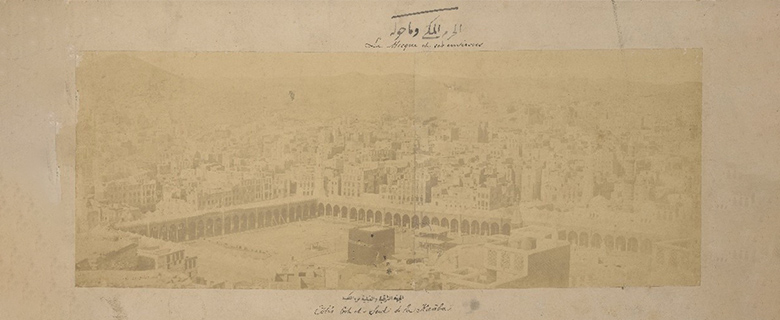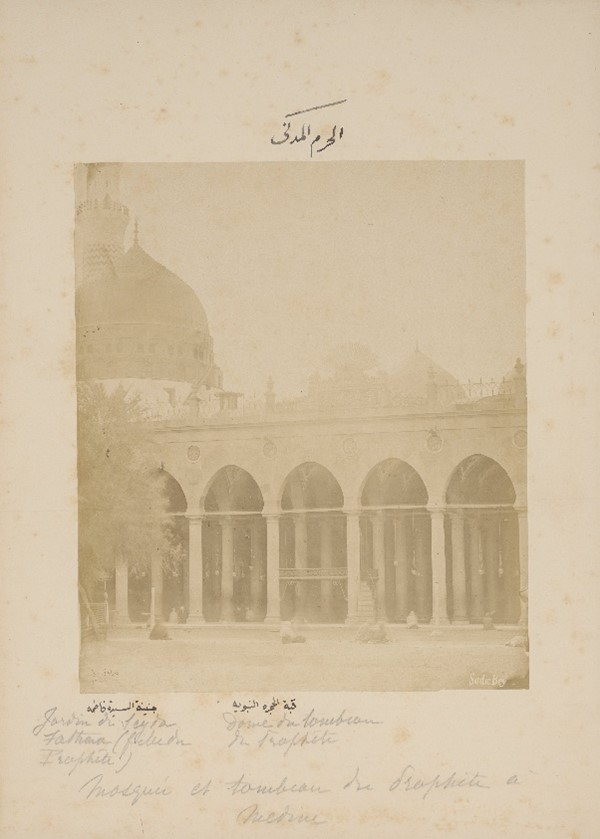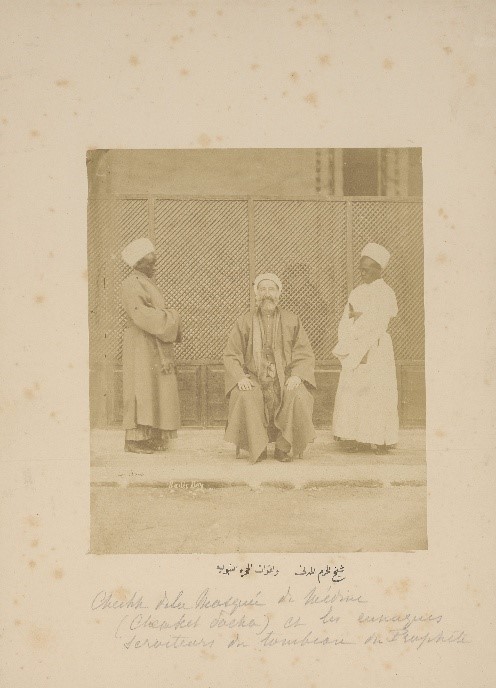
Travel to the holy sites – especially to Makkah and Madinah – has long been associated with spiritual dimensions that form the core of individual experience. Yet these journeys have also held elements of exploration and adventure, often unfolding in unexpected and unplanned ways. The Arabic literary tradition has preserved many stories and accounts of such travels, whether undertaken by explorers and adventurers from around the world or by state officials on official missions.
Among the early figures to undertake official travel to the holy sites was Muhammad Sadiq Pasha (1822–1902). His first pilgrimage to the Holy Lands took place in 1861, followed by two more journeys separated by long intervals. A graduate of the Military School in Cairo, Sadiq Pasha was selected in 1844 – alongside three other cadets – to pursue further studies in France. He returned to Egypt holding a degree in engineering from the prestigious École Polytechnique, having also mastered the arts of cartography and photography. Upon his return to Cairo, he was appointed as a drawing instructor at the Military School.

Sadiq Pasha made three pilgrimages to Makkah and Madinah, during which he meticulously documented his observations and impressions. His reports were later published, especially in the Egyptian Military Gazette. The primary objective of his missions to the Hijaz region was military: to produce accurate maps, measure distances and record the locations of valleys, mountains and water sources. This data was vital for planning military campaigns and facilitating troop movements.
His first visit was political in nature, commissioned by Muhammad Ali Pasha during Egypt’s military campaigns in the Arabian Peninsula. The goal was not simply to capture photographic images, but to fulfill a strategic mission – studying terrain, climate, roads and stations for military purposes.
Despite the clear military framework of his mission, Sadiq Pasha did not miss the opportunity to document unique visual scenes from Madinah. He captured what are believed to be the earliest photographs of the holy city, proudly noting in his travel writings:
“No one preceded me in capturing these images with this device.”
This statement reflects not only his pride but also his awareness of prior activities in the region. Indeed, written sources and modern studies support the notion that his photographs are among the earliest visual records of the holy sites. Before his visits, the available visual documentation was sparse and limited to scattered coastal cityscapes – such as Jeddah, Muscat and Aden ¬taken by travelers enroute to India.

Albumen print on card mount, AH 1298/1881 CE
HC.HP.2018.0265-0002
In the early 19th century, the Spanish traveler Domingo Badía (1767–1818) had produced highly detailed sketches of the holy sites during his 1807 visit to Makkah. However, photographs offered a more objective and accurate depiction of reality, free from the artistic bias and embellishment sometimes inherent in hand-drawn images. Unlike the selective or interpretive eye of the painter, the camera offered a faithful and unfiltered reflection of the scene.
Sadiq Pasha’s contributions mark a milestone in this regard. His photographs are widely acknowledged as the earliest known images of the Prophet’s Mosque in Madinah, captured during his 1861 journey. He returned in 1880 to photograph the Grand Mosque in Makkah. According to Arabia Through the Eyes of Early Photographers (Arab Studies Centre, London, 1996), the first known photograph of the Prophet’s Mosque was taken by Sadiq Pasha in 1861.
In his own words, he recounts:
“I captured an image of Madinah using the optical device known as the photographic machine, including the Dome of the Noble Sanctuary and the minarets.”
He emphasized that he was able to photograph the Dome from within the mosque itself, asserting with confidence that no one had done so before him.
His terminology reveals the transitional nature of photography at the time. He wrote that he had “taken a drawing,” indicating that photography had not yet fully entered the everyday vocabulary of the time. He referred to the camera as a “radiant machine,” a term reflective of contemporary understandings of light and photographic processes. In the late 19th century, photography and its technologies were still emerging and largely the preserve of an elite class, as seen in the rarefied language used to describe them.
Sadiq Pasha also provided occasional details about the content of his photographs. During his travels he documented notable figures and moments. One such photograph was of Sheikh Omar al-Shaybi of the Banu Shaybah family, who were custodians of the key to the Kaaba. Sadiq sent the image to him along with lines of poetry. (See The Hijazi Journeys, ed. Muhammad Hammam Fikri, Badr Publishing, 1999, p. 106.)

Although he did not elaborate extensively on his photographic work, the scattered references in his writings are of great value to historians of photography. They offer clues for further research into what was published, what remains unknown, and what might still lie hidden in public or private archives. Sadiq Pasha also documented the challenges he faced, such as extreme heat and high humidity, which affected his work and its outcomes.
Importantly, Sadiq Pasha did not limit his photography to Egypt and the Arab world. In 1881, he presented 12 photographs at the Third International Congress of Geographers in Venice. His images were met with great admiration, earning him a gold medal. This recognition is a testament to his technical skill and artistic vision.
Earlier, in 1876, he had participated in the Philadelphia World’s Fair, exhibiting photographs in the Egyptian Pavilion. Although he did not receive an award, his presence brought attention to his work and talent on the global stage.
Qatar National Library holds a collection of photographs taken by Sadiq Pasha during his three pilgrimages to Makkah and Madinah. These images not only reflect his keen eye and intent to preserve memory but are also significant historical documents. They serve as critical primary sources for studying the Hijaz region in the late 19th century and mark the early emergence of photography in the Arab world. His work highlights the geographical and intellectual reach of this new visual medium – from European beginnings to its adoption by a select elite in parts of the Arab world, particularly in Egypt following the reforms of Muhammad Ali Pasha (r. 1805–1848), under whose rule Sadiq Pasha was born and educated.

Add new comment